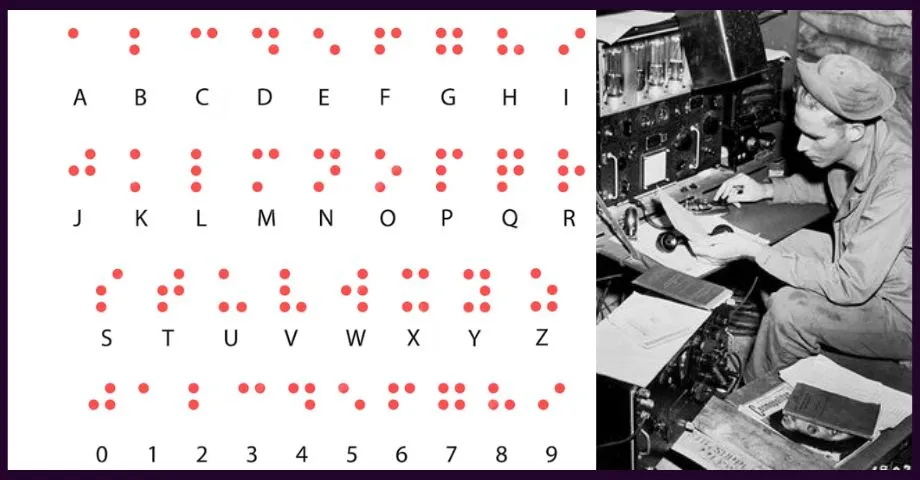Navigating the digital landscape is a fundamental aspect of modern life, yet for individuals with disabilities, this task can be daunting. However, advancements in assistive technology are breaking down barriers and opening up new possibilities for accessibility. One such innovation is FaceMOUSE, a groundbreaking software designed to empower individuals with disabilities by enabling hands-free control of computers. In this post, we will delve into the concept of FaceMOUSE, its utility, and the transformative impact it has on the lives of its users.
The Concept of FaceMOUSE
FaceMOUSE is not just a technological marvel; it represents a paradigm shift in how we perceive accessibility in computing. FaceMOUSE, created by AIDA Onlus and its visionary, Simone Soria, who has severe spastic tetraparesis, enables users to control the mouse cursor via basic facial movements captured by a webcam. This empowers individuals with disabilities to interact with computers independently.
Empowering Individuals
At its core, FaceMOUSE is an empowerment tool, offering individuals with disabilities newfound freedom and autonomy in the digital realm. FaceMOUSE’s elimination of manual mouse control allows users to efficiently perform web browsing, communication, and computer navigation tasks. This accessibility fosters inclusion and participation in education, employment, and social interaction, empowering users in various aspects of life.
Versatility and Adaptability
One of FaceMOUSE’s critical strengths is its versatility and adaptability. Unlike traditional input devices, FaceMOUSE utilizes a standard webcam, making it accessible to many users. It adjusts to individual abilities and needs, allowing personalized configurations. It accommodates different levels of motor function and dexterity.
Ease of Use and Accessibility
Accessibility is at the forefront of FaceMOUSE’s design philosophy. The software is engineered to be user-friendly, with an intuitive interface that simplifies interaction. Whether controlling the cursor with a subtle facial gesture or executing commands with a simple click, FaceMOUSE streamlines the user experience, ensuring that individuals with varying degrees of physical impairment can confidently and efficiently navigate the digital world.
Impact on Society
The impact of FaceMOUSE extends beyond individual users; it has the potential to reshape societal perceptions of disability and accessibility. By showcasing the capabilities of assistive technology, FaceMOUSE challenges stereotypes and fosters a more inclusive society where individuals of all abilities can contribute and thrive. Furthermore, the widespread adoption of technologies like FaceMOUSE paves the way for a future where accessibility is not an afterthought but an integral part of technological innovation.
FaceMOUSE: Revolutionizing Accessibility in Computing
In conclusion, FaceMOUSE stands as a beacon of hope for individuals with disabilities, offering a pathway to greater independence and inclusion in our digital world. Its innovative design and ease of use exemplify technology’s power to empower individuals to their fullest potential. As we embrace accessibility and inclusivity, solutions like FaceMOUSE will shape a more equitable future for all.
Read more:
Perini, E., Soria, S., Prati, A., & Cucchiara, R. (2006). FaceMouse: a Human-Computer interface for tetraplegic people. In Lecture Notes in Computer Science (pp. 99–108). https://doi.org/10.1007/11754336_10
This article is written by:
Our professional writers and editors are passionate about sharing high-quality information and insights with our audience. We conduct diligent research, maintain fact-checking protocols, and prioritize accuracy and integrity to the best of our capacity.
You can cite our articles under the author name "Netizenme"





